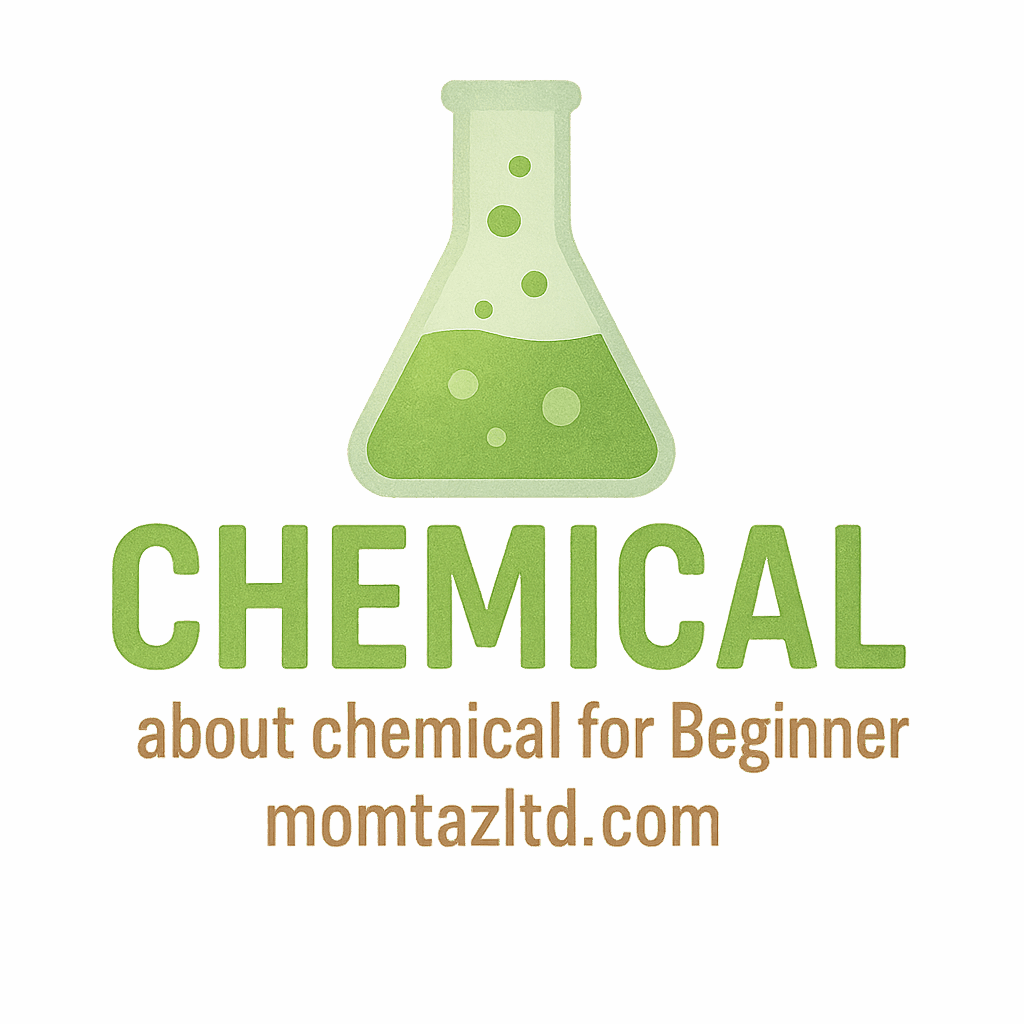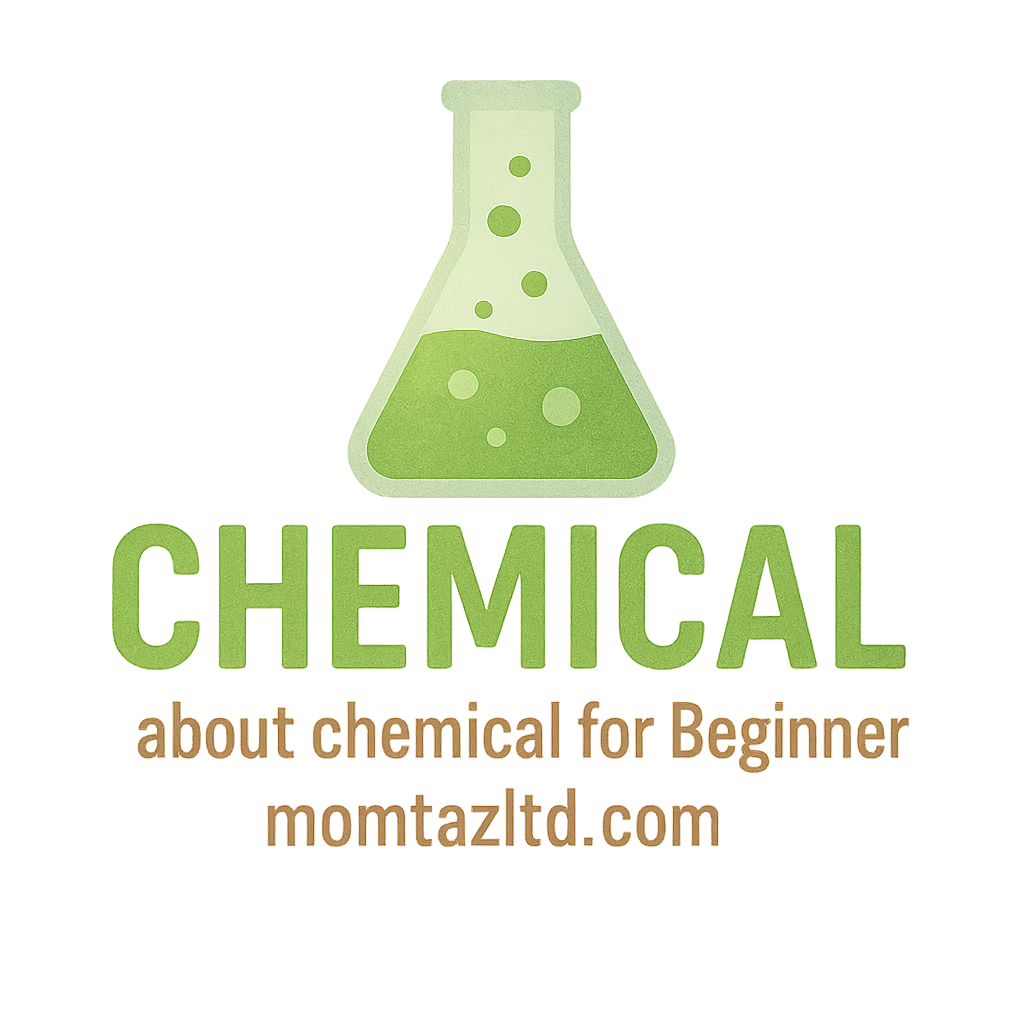Introduction to Physical and Chemical Changes
When we encounter changes in matter, some are easy to spot, such as the melting of ice or the rusting of metal. But what exactly happens when matter changes? This is where understanding the difference between physical and chemical changes becomes crucial. In this article, we’ll explore 7 key differences between these two types of changes, helping you better grasp how matter behaves in various situations. Whether you’re a student or just curious about the world around you, understanding these differences is essential for exploring chemical reactions, chemical safety, and more.
Why Understanding These Changes Matters
Understanding the differences between physical and chemical changes is vital for various scientific fields such as chemistry, material science, and even industrial applications. These changes affect how substances behave and interact, influencing chemical storage, chemical reactions, and many other processes. Knowing the distinction can also assist in practical matters, like household chemical safety or learning how chemical storage works in laboratories.
What is a Physical Change?
A physical change refers to a transformation in the state or appearance of matter without altering its chemical composition. These changes are usually reversible, meaning the substance can return to its original form through physical processes. Physical changes might involve changes in the shape, size, state (solid, liquid, gas), or appearance of a substance.
Characteristics of Physical Changes
- No New Substance Formed: The chemical identity of the substance remains the same.
- Reversible: Most physical changes can be undone.
- Examples: Melting, freezing, cutting, dissolving.
No New Substance Formed
When a physical change occurs, the substance maintains its original molecular structure. For instance, when water freezes into ice, it remains H2O—no new substance is formed. Similarly, cutting paper doesn’t alter its chemical properties.
Reversible in Nature
Physical changes can often be reversed. For example, water can be frozen into ice and later melted back into liquid water without changing its chemical composition.
Examples of Physical Changes
- Ice melting
- Breaking glass
- Boiling water
- Dissolving sugar in tea
What is a Chemical Change?
A chemical change, also known as a chemical reaction, occurs when a substance is transformed into one or more new substances with different chemical properties. These changes are often irreversible because the original substance undergoes a fundamental chemical alteration.
Characteristics of Chemical Changes
- New Substances Formed: Chemical changes result in the formation of new substances.
- Irreversible: Chemical changes cannot be easily undone.
- Examples: Rusting, burning, digestion.
New Substances Formed
In a chemical change, the original substance undergoes a transformation that creates new chemical compounds. For instance, when iron reacts with oxygen, it forms iron oxide (rust), which is completely different from the original metal.
Irreversible in Nature
Unlike physical changes, chemical changes are often irreversible. Once wood is burned, it turns into ash and gases, and it cannot revert to its original state.
Examples of Chemical Changes
- Rusting of iron
- Baking a cake
- Combustion of fuel
- Digestion of food
7 Major Differences Between Physical and Chemical Changes
Now, let’s explore the 7 key differences between physical and chemical changes. Understanding these differences will help clarify when you’re dealing with one change over the other.
1. Nature of the Change
A physical change involves a shift in the state or appearance of matter, but the molecular structure remains the same. In contrast, a chemical change results in the creation of entirely new substances, where the molecular structure of the original material is altered.
2. Change in Composition
In a physical change, the substance remains chemically unchanged. For example, when you freeze water, it remains H2O. However, in a chemical change, the substance’s chemical composition changes. For example, when baking soda reacts with vinegar, it produces carbon dioxide, water, and other substances.
3. Reversibility of the Change
While physical changes are often reversible (like freezing and melting water), chemical changes are generally irreversible. Once a chemical reaction occurs, the new substances formed usually cannot return to their original form.
4. Energy Involvement
Chemical changes often involve energy changes in the form of heat, light, or sound. For instance, when fuel burns, it releases energy. While physical changes also involve energy (e.g., heating water), the energy doesn’t result in the formation of new substances.

5. Observability of the Change
You can easily observe physical changes without needing scientific tools or equipment. For example, seeing water freeze or a piece of paper tear is a physical change. On the other hand, chemical changes may require scientific instruments or testing (like chemical indicators) to identify.
6. Impact on Molecular Structure
In physical changes, the molecular structure of the substance remains unchanged. In chemical changes, the structure of molecules is altered—atoms are rearranged, bonds are broken, and new bonds are formed, resulting in new compounds.
7. Everyday Examples
- Physical Change Example: Boiling water. The water changes from liquid to gas but stays H2O.
- Chemical Change Example: Burning paper. The paper turns into ash and gases, which are new substances.
Conclusion
In summary, physical and chemical changes are both essential to understanding how matter behaves. While physical changes generally involve changes in appearance or state without altering the chemical composition, chemical changes result in new substances being formed through chemical reactions. Recognizing the differences between the two can be helpful in many aspects of science and daily life, from chemical storage to household chemicals.
7 Frequently Asked Questions about Physical and Chemical Changes
1. Can a physical change become a chemical change?
Yes, some physical changes can lead to a chemical change under certain conditions. For example, water evaporating (a physical change) can later participate in a chemical reaction, like when it reacts with sodium to form sodium hydroxide.
2. What happens at the molecular level during a chemical change?
During a chemical change, the atoms in the molecules are rearranged, breaking old bonds and forming new ones. This results in the creation of new substances that have distinct chemical properties.
3. Are physical changes always reversible?
While many physical changes are reversible (like freezing and melting), some, like tearing paper, may not be easily reversed.
4. How do physical and chemical changes relate to chemical reactions?
All chemical changes are chemical reactions, but not all changes in matter are chemical reactions. Physical changes do not involve chemical reactions, while chemical changes always result in a new substance being formed.
5. Can temperature affect physical and chemical changes differently?
Yes, temperature can influence both types of changes. For instance, heating can cause physical changes like the melting of ice, and it can also trigger chemical reactions, like combustion.
6. What are the main signs that a chemical change has occurred?
Common signs of a chemical change include color change, temperature change, formation of gas, or the formation of a precipitate. For example, when you mix baking soda with vinegar, gas is formed, signaling a chemical reaction.
7. Can a chemical change be observed without laboratory equipment?
Yes, chemical changes can often be observed in everyday life. For example, the rusting of iron or the burning of paper are both observable chemical changes that do not require any scientific tools.
Understanding the differences between physical and chemical changes allows you to better comprehend the chemical reactions and chemical processes that govern the world around us. By grasping these concepts, you’ll also gain insights into chemical safety, chemical storage, and the everyday examples of chemistry in your life. Whether you’re just starting out with beginner chemistry or diving deeper into the science of chemical reactions, this knowledge will serve as a solid foundation for your learning journey.
Relevant Links:
- Chemical Basics
- Chemical Careers
- Household Chemicals
- Laboratory Chemicals
- Chemical Safety
- Chemical Terms
- Learn Chemistry


